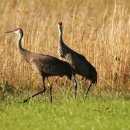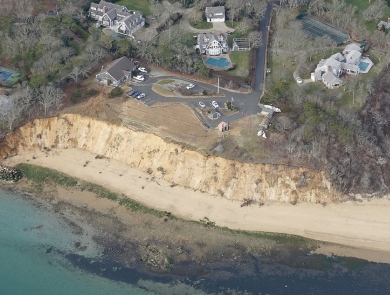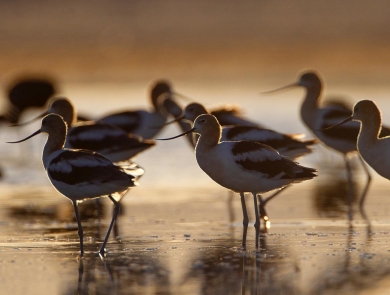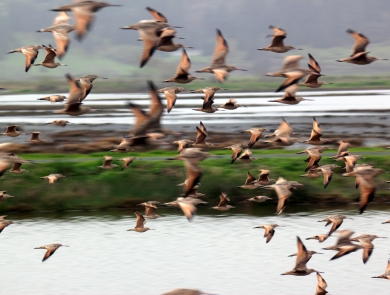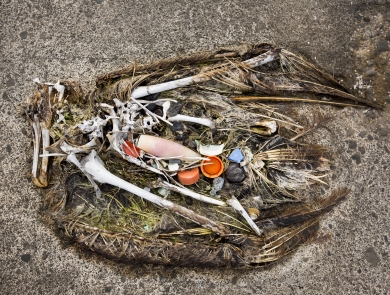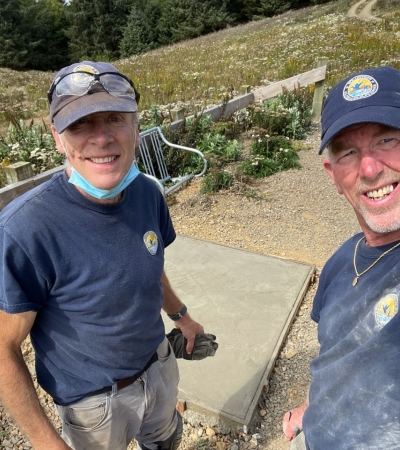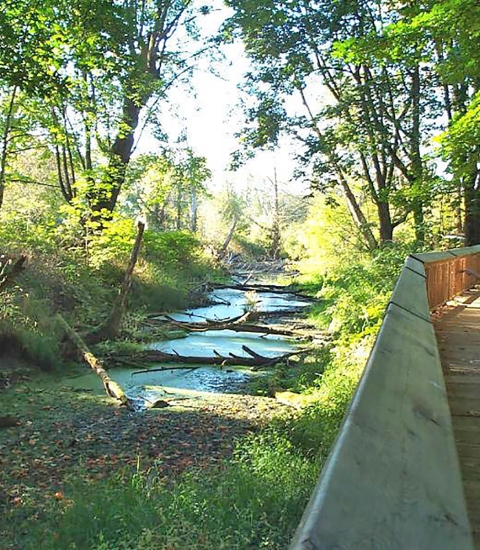Facility
Location
7200 Crane Lane
Gautier, MS 39553
United States
Volunteer Position Overview
About This Position
Dates:
We are looking for volunteers that are available for a minimum of 3 months and a maximum of 6 months beginning April 2024. Start and end dates are flexible. Both individuals and couples are welcome to apply. Volunteers arriving as individuals can expect to work 30 hours per week while volunteers arriving as couples can expect to work 24 hours per week, per person in exchange for an RV site and hookups. Workdays will typically begin at 8:30 am and end around 3:30 pm. Volunteers may work independently or as part of a team of refuge volunteers directed by the Visitor Use Manager.
Position Description:
We are seeking enthusiastic, friendly volunteers to serve in and around the visitor center to help ensure that our visitors have a memorable and safe experience while enjoying all the refuge has to offer. Duties for this position include providing orientation and information to visitors; answering telephone and other information requests; taking reservations for programs and tours; operating audio/visual equipment; performing opening/closing duties at the center; performing minor maintenance and cleaning of the visitor use areas, performing grounds maintenance and trail work; ensuring the refuge is free of litter; weeding & small tree trimming, administrative work, and assisting the refuge with special projects and events. Additional duties will include serving as a volunteer for our Friends bookstore which includes processing payments, etc. Individual projects or opportunities to assist with biology work may be available based on the volunteer's interests and refuge needs.
Requirements:
Ensuring a clean and well-maintained site for the public is of the utmost importance. Strong customer service skills and some public speaking ability is required. All volunteers must have the ability to communicate with a wide variety of visitors while maintaining a positive attitude, show enthusiasm for serving the public, and express a desire to learn about and explore the refuge. While natural history knowledge is helpful, it is not required. One of the most important qualifications a volunteer can have is flexibility, as we have a small staff with a LOT of work to do, so priorities and work assignments can change quickly. Couples will work the same days but may work independently of each other depending on refuge needs. Applicants must have a valid driver’s license. On-site orientation, training, and a uniform will be provided and required to wear while on-duty.
About the Refuge:
Mississippi Sandhill Crane National Wildlife Refuge is located in Jackson County, MS -- with its headquarters in the town of Gautier, MS. We are approximately 45 minutes from the city of Mobile, AL and 1 hour 45 minutes from New Orleans, LA on the beautiful Mississippi Gulf Coast.
The refuge consists of just under 20,000 acres of pine savanna, bayous, and Gulf Coast prairies and is home to the critically endangered Mississippi Sandhill Crane. The Mississippi sandhill crane can only be found in Jackson County MS, with approximately 170 birds left in the wild. The refuge also provides habitat for many migratory and grassland bird species that greatly benefit from the variety of habitats the refuge provides. In addition, the spring months offer outstanding wildflower viewing -- with the pine savanna being one of the most diverse plant communities in North America -- second only to the tropics! The refuge offers visitors excellent opportunities to participate in hiking, wildlife photography, wildlife observation, environmental education, and research.
Summers at Mississippi Sandhill Crane NWR are typically muggy and warm with average temperatures ranging from 80 degrees to 95 degrees.
Duties/Activities
Stories About Volunteering
Other Ways to Work with Us
Are you looking for something different than a volunteer opportunity? The Fish and Wildlife Service employs around 9,000 people nationwide and offers great internship opportunities every year.
